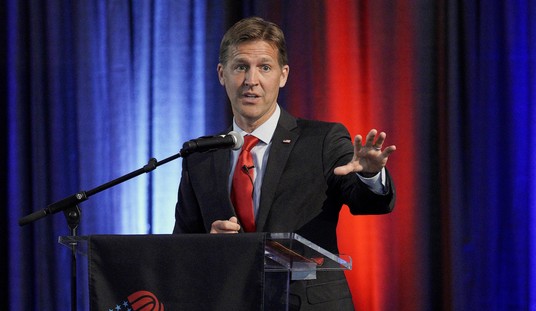It has been about a week since Benjamin Boyce published the last episodes of his Magnum Opus on Evergreen State College but late last night he released episode seven.
In episode six he delved into what he called the struggle session, i.e. the library meeting at which Evergreen students raged against Police Chief Stacy Brown and professor Bret Weinstein (but refused to let him speak). Episode seven picks up where we left off. We’re still in that endless intersectional jam session featuring 19-year-old students shouting about white supremacy. And once again, Boyce takes you back to the intersectional indoctrination that these students received at the school, not occasionally from specific professors but intentionally as a grounding principle for the entire student body. President Bridges even says that engaging in these orientations is one of the few things that will be required of all students at Evergreen.
Eventually, there’s a woman reading a list of conclusions about racism including, “Racism must be continually identified, analyzed, and challenged. No one is ever done.” Doesn’t that sound like fun? But there’s also this, which seems like a clear predicate to what happened to Professor Weinstein: “Resistance is a predictable reaction to anti-racist education and must be explicitly and strategically addressed.” You begin to get the sense while watching all of this that the blow-up on campus was inevitable.
That’s because the framing of this new system is designed to greet any opposition to the new emo-ideological focus on race as both expected and illegitimate. To disagree with the agenda is to prove that the agenda is working to root out stubborn pockets of unearned privilege.
Meanwhile, we’re not supposed to notice that the superstructure of social credit being erected is benefitting the people who are building it. Those flying in to consult (like Professor Robin DiAngelo) are making a tidy sum for themselves. Those who become part of Evergreen’s new Equity Council are gaining social credit and under the new system. They are ‘doing the work’ and therefore have a say in the direction and, just as importantly, avoid being targeted as opponents. Meanwhile, those who don’t participate in the “racial equity” outlook or who don’t greet it enthusiastically enough are making themselves obstacles by their absence. Silence is violence.
The payoff comes at the end when Boyce brings us back to the struggle session in the library and now it’s clearer that what the students are saying is really a sort of dumbed-down version of what they’ve been told. Anyone who isn’t on board is a racist and needs to be removed from the community. They were just acting on what they’d been taught. The problem at Evergreen wasn’t ultimately with the kids, it was with the adults.








Join the conversation as a VIP Member